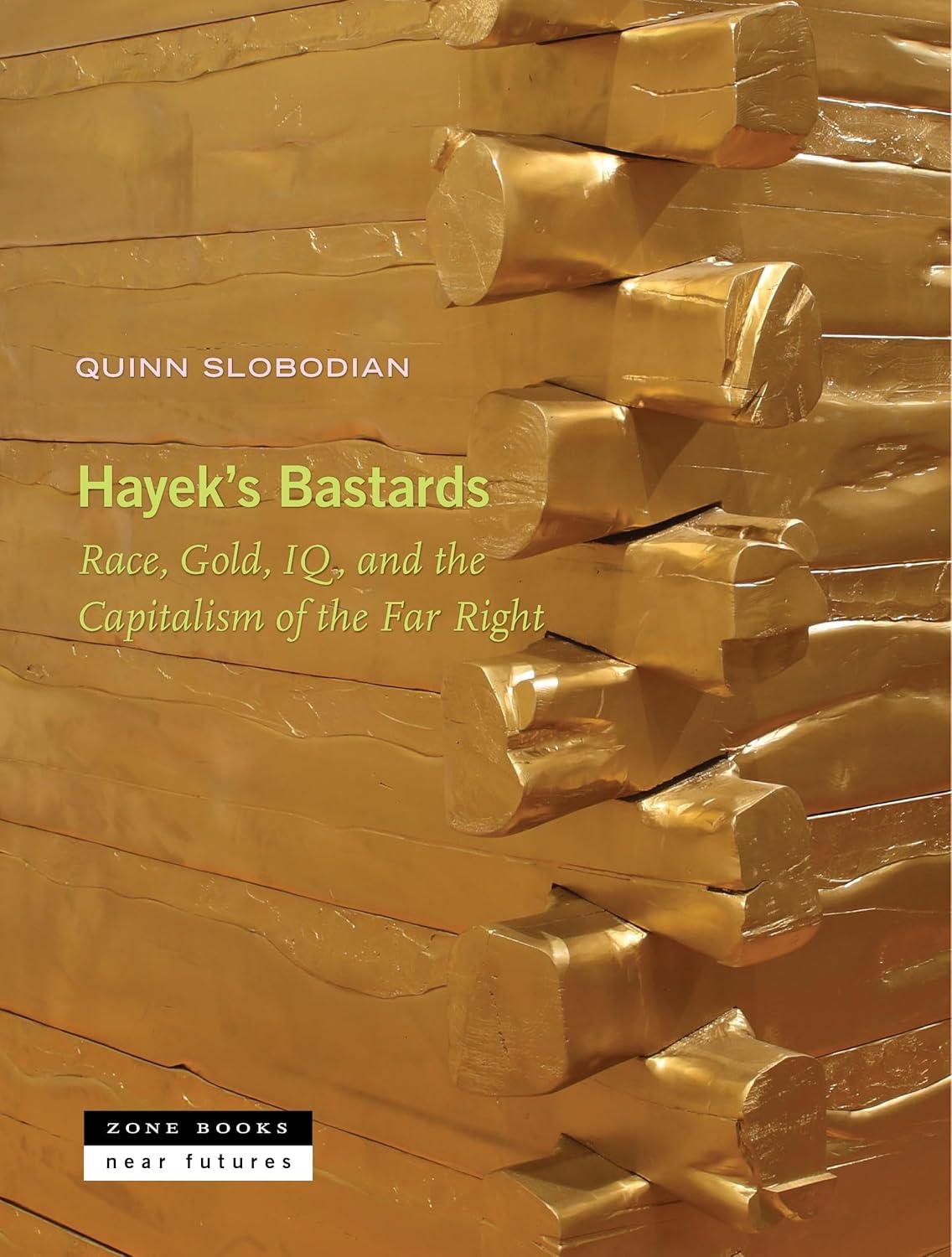In 2013 Charles Murray traveled to the Galápagos Islands to deliver an address to the Mont Pelerin Society—that font of neoliberalism, founded in 1947 by Friedrich Hayek. But Murray’s talk didn’t run through the usual neoliberal script: economic liberty, free trade, the genius of the entrepreneur. Instead, his subject was “the rediscovery of human nature and human diversity.” New discoveries in genetics, he argued, would induce “reversions to age-old understandings about the human animal” and undo “the intellectual eclipse of human nature and human diversity in the United States.” He welcomed these developments not only to fight the pernicious effects of what he called the “equality premise” but to better recognize and organize patterns of aptitude in a changing economy.
Though it’s not part of conventional wisdom about the ideological core of neoliberalism, this appeal to nature was a central part of neoliberal thought in the aftermath of the Cold War. Communism had died, but neoliberals feared Leviathan would live on. The poison of civil rights, feminism, affirmative action, and ecological consciousness—forged in the social movements of the 1960s and ’70s—had suffused the body politic, emboldening what they saw as an overbearing state and breeding an atmosphere of political correctness and “victimology,” which in turn stultified free discourse and nurtured a culture of government dependency and special pleading.
Neoliberals sought an antidote to all that, and they found one in hierarchies of gender, race, and cultural difference, which they imagined to be rooted in genetics as well as tradition. Meanwhile, changing demographics—an aging white population matched by an expanding nonwhite population—led some of them to rethink the conditions necessary for capitalism. Perhaps cultural homogeneity was a precondition for social stability, and thus the peaceful conduct of market exchange and enjoyment of private property?
The strain of the neoliberal movement that crystallized in the 1990s out of these ideas marked the rise of a new fusionism. While the original fusionism of the 1950s and 1960s melded libertarianism and religious traditionalism in the style of William F. Buckley and the National Review, the new fusionism defended neoliberal policies through arguments borrowed from cognitive, behavioral, and evolutionary psychology and in some cases genetics, genomics, and biological anthropology. The phenomenon was apparent as early as 1987 to conservative historian Paul Gottfried. Whereas older conservatives may have used a language of religion to back up claims about human differences, Gottfried noted that they had begun to use disciplines like sociobiology in order to “biologicize” ethics, in the words of E.O. Wilson.
